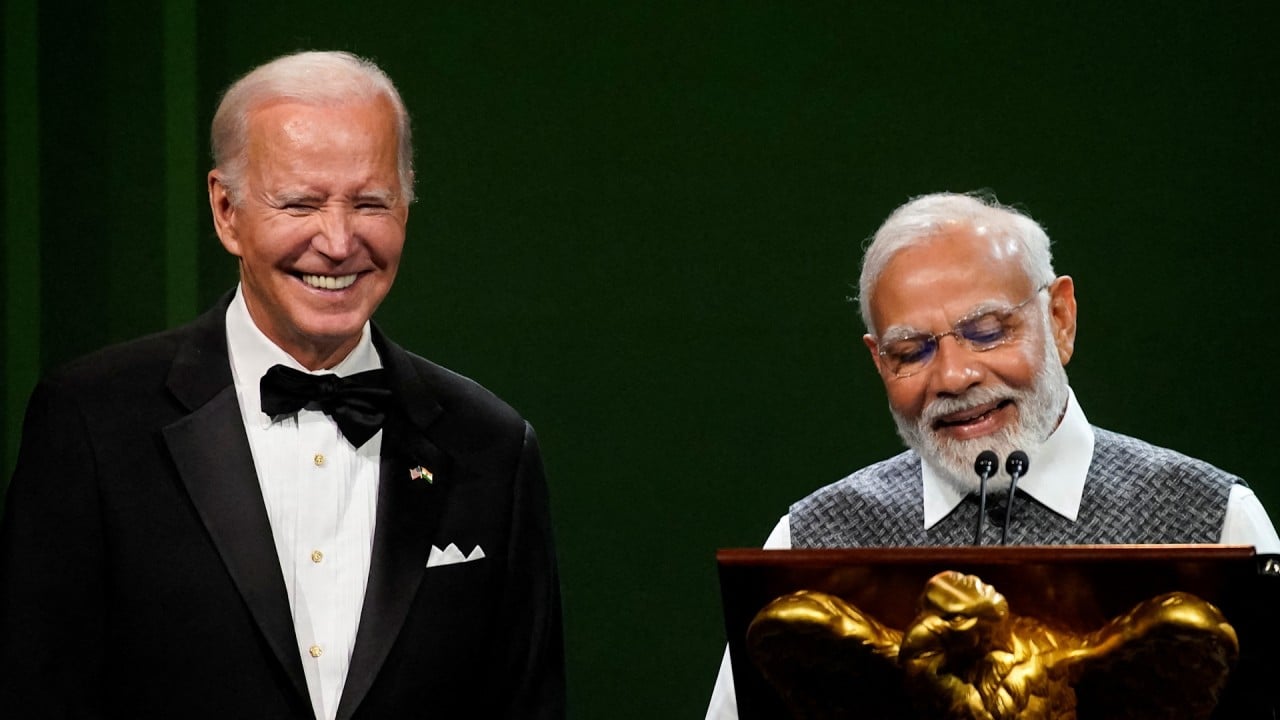India to seek ‘reassurance’ on US Indo-Pacific focus, defence ties in ‘2+2’ talks amid China outreach
[ad_1]
The United States will push for stronger military and diplomatic ties with India in high-level talks on Friday, in what analysts say is a chance for New Delhi to seek “reassurance” that Washington’s Indo-Pacific focus remains intact despite growing engagement with China.
Amid US involvement in the Gaza and Ukraine conflicts, US Secretary of State Antony Blinken and Secretary of Defence Lloyd Austin will meet their Indian counterparts Subrahmanyam Jaishankar and Rajnath Singh for the fifth annual “2+2” ministerial dialogue, which was established in 2018 to strengthen US-India ties.
“India would be seeking reassurance that the agenda for the US still remains the same,” said Harsh Pant, a professor of international relations at King’s College, London.
“Bilaterally, the agenda will remain the same, but regionally – from balancing two wars and the [growing] engagement with Beijing – the question is whether the US has bandwidth for a more robust response to China,” Pant added.
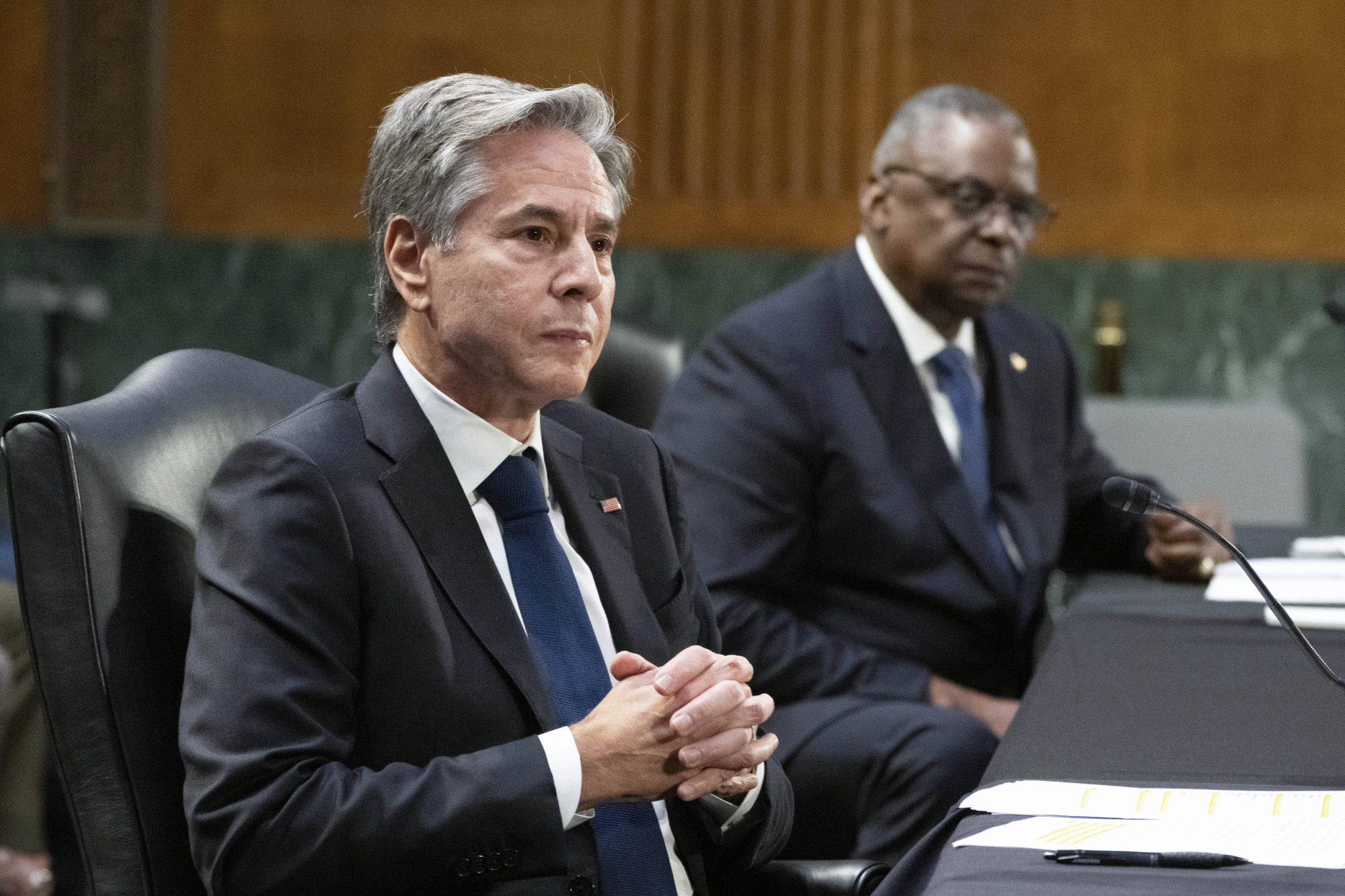
Analysts say Delhi is likely to be closely following the growing engagement between the US and China, with Blinken, US Treasury Secretary Janet Yellen and Commerce Secretary Gina Raimondo visiting Beijing in the last few months.
Chinese and US officials met last week in Beijing to discuss the situation in the disputed South China and East China seas, while Chinese Vice-Premier He Lifeng began his five-day visit to the US on Wednesday.
Next week, Chinese President Xi Jinping will make his first trip to the US in five years when he heads to the Asia-Pacific Economic Cooperation forum, where he is expected to hold a summit with his American counterpart Joe Biden.
Amid the ramped-up engagements, the 2+2 talks would also allow India to clarify Washington’s approach towards China, Pant said. While the US outreach was about “managing the conflict in the short term”, Pant said he believed “long-term strategic competition with Beijing” remained Washington’s priority.
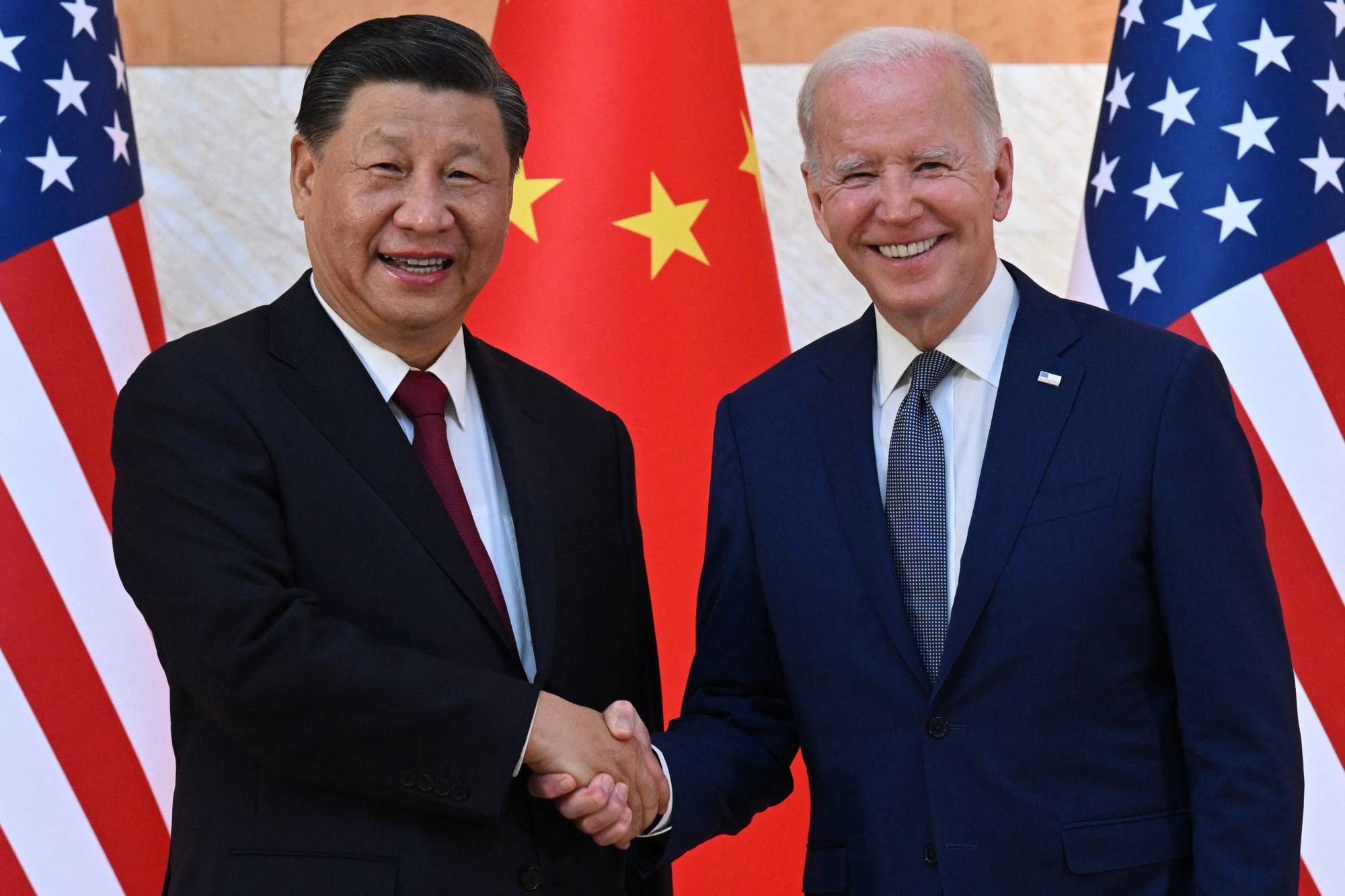
“It is not just India … concerns might be reverberating across Australia and Japan as to what is the US bandwidth as far as the Indo-Pacific is concerned,” he added. “The 2+2 talks will become a mechanism for resolving or, at least, clarifying some of these issues.”
Blinken on Wednesday sought to allay fears that the US would take its eyes off the Indo-Pacific region.
“The Indo-Pacific is the critical region for our future,” he said at a press interaction in Tokyo. “It’s vitally important that even as we’re dealing with a real crisis in Gaza, in the Middle East, we’re also not only able, but we’re fully engaged, in all of the interests that we have in the Indo-Pacific.”
Security on the agenda
Analysts say the growing US-China ties are unlikely to pose a problem at the 2+2 talks.
“The 2+2 conversations allow the US and India to engage closely on issues of strategic importance so episodic events and outcomes could matter, but they will not stymie ongoing security discussions,” said Karthik Nachiappan, a research fellow at the National University of Singapore’s Institute of South Asian Studies.
Nachiappan pointed to last year’s 2+2 talks, when US and Indian positions on Ukraine diverged – India refused to condemn Russian actions and bought cheap Russian crude oil, in the face of Western efforts to isolate Moscow.
This divergence “did not upend” the 2022 talks, Nachiappan said.
Instead, both parties are likely to push for deeper bilateral defence ties at Friday’s talks, according to Aparna Pande, research fellow and director of Initiative on the Future of India and South Asia at the Hudson Institute in Washington.
‘Things are changing’: India, US boost defence ties with Russia, China in mind
‘Things are changing’: India, US boost defence ties with Russia, China in mind
Already, the two countries have announced a deal between American firm GE Aerospace and the Indian state-owned Hindustan Aeronautics Limited to produce F414 fighter jet engines in India. Delhi is also acquiring 31 MQ-9B armed drones, a deal likely valued at over US$3 billion.
In September, India and the US held an “intersessional 2+2 dialogue” between lower-ranking officials. Among issues discussed were defence, security, clean energy and supply-chain resilience, a US Department of Defence readout said.
“They also discussed opportunities to further strengthen interoperability and logistics cooperation, including through combined maritime engagements in the Indian Ocean region, as well as expanded cooperation in the space and cyber domains,” it added.
Pande said both sides would look to push for deeper cooperation in areas like defence.
“Austin and Singh are likely to continue their ongoing conversations on ways to enhance defence industrial cooperation, augment interoperability, and expand innovation through the India-US Defence Acceleration Ecosystem [INDUS-X],” she said, referring to the initiative launched in June this year to better link the two governments, businesses and academic institutions on joint defence research and production.
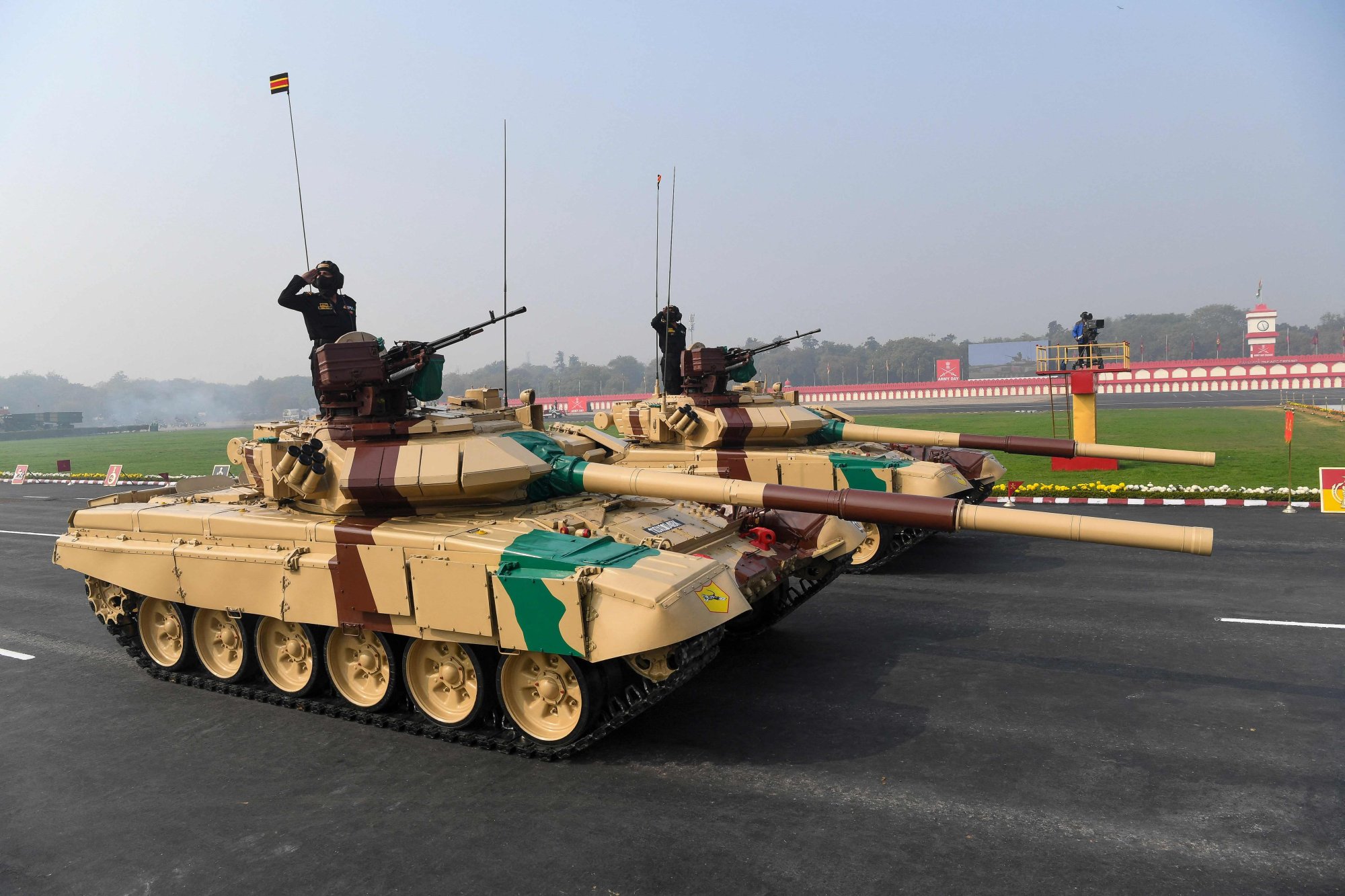
In pushing for stronger defence ties, Washington could also seek to reduce India’s outsize reliance on Russian arms, Pande said.
According to a 2021 analysis by Stimson Centre experts, 85 per cent of major Indian weapons systems come from Russia.
Between 2018 and 2022, 45 per cent of Indian arms were from Russia, followed by France at 29 per cent and the US at only 11 per cent, data from the Stockholm International Peace Research Institute showed.
Russia’s defence exports, however, have taken a hit since the Ukraine war, with joint stock arms export firm Rosoboronexport recently saying it accorded “top priority” towards “manufacturing and supplying products for the Russian Army”.
“For the US, it is a once-in-a-lifetime opportunity to wean India away from dependence on Russian equipment at a time when India seeks to modernise its military and bolster its indigenous defence industrial base,” Pande said.
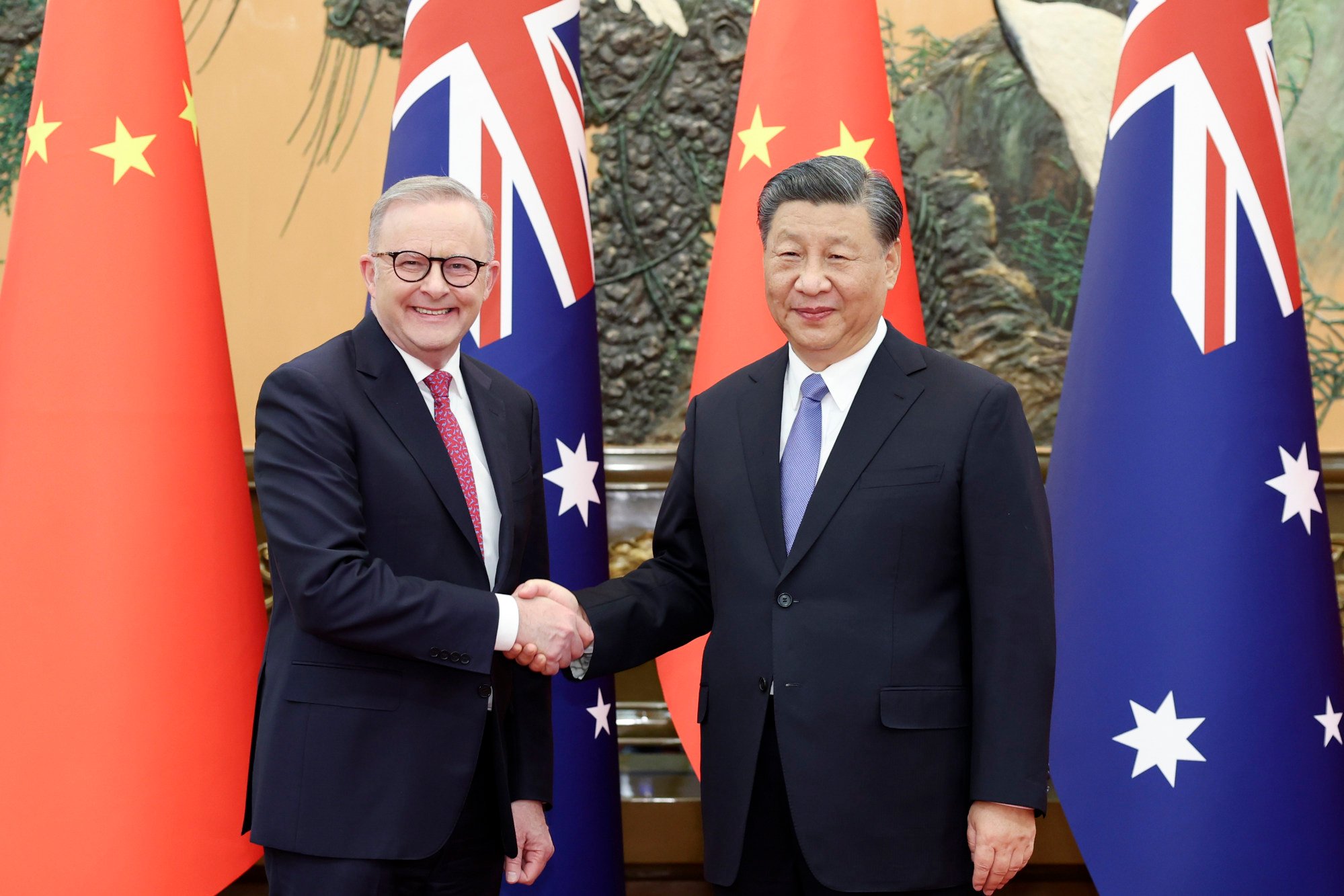
Next year’s Quad summit could also feature on the 2+2 agenda, with India likely to focus on strengthening cooperation among the four-member security pact following a boost in ties between Australia and China.
Australian Prime Minister Anthony Albanese this week visited Beijing and met Xi, becoming the first Australian leader to do so since 2016. Albanese said a strong bilateral relationship was “beneficial into the future” and invited Xi to visit Australia.
“Both sides will also take stock of contemporary regional issues and exchange views about shared priorities for augmenting cooperation in multilateral platforms, and through frameworks such as Quad,” the Indian Ministry of External Affairs said on Wednesday.
Pande, from the Hudson Institute, said the timing of the 2+2 talks was symbolic.
“The fact that both Secretary of State Antony Blinken and Secretary of Defence Lloyd Austin are coming to Delhi … at a time when the Biden administration is dealing with both the Middle East crisis and Ukraine conflict demonstrates the criticality of the China threat for the US.”
[ad_2]
Source link


